Maintenance Tips for the Brakes on a 2009 Jayco Jayflight 25BHS Travel Trailer
Regular Inspection
Routine checks play a crucial role in brake maintenance. Make sure to perform a comprehensive inspection at least once a year or before major trips. During these inspections, pay close attention to:
- Brake Pads: Look for any signs of wear or damage. If the pads are thinner than 1/4 inch, consider replacing them.
- Brake Lines: Inspect for cracks or leaks that could lead to brake failure.
- Drum and Disc Condition: Check both drum brakes and disc brakes for scoring or damage, which may require resurfacing.
Cleaning the Brakes
Keeping your brakes clean is vital for their performance. Dirt and debris can significantly affect braking efficiency. Here’s a simple cleaning routine:
- Remove the wheel hub to access the brake components.
- Use a non-corrosive cleaner to wipe down the brake parts. Avoid using brake cleaner on rubber components.
- Pay close attention to the brake shoes or pads and remove any debris or dust.
- Reassemble the parts securely before reinstalling the wheel.
Adjusting the Brakes
For trailers equipped with electric brakes, periodic adjustments are necessary. Follow these steps:
- Locate the brake adjustment wheel located on the back of the brakes.
- With the trailer on a flat surface, adjust the brakes until you feel a slight drag when spinning the wheel.
- Repeat for all wheels to ensure even adjustments.
Testing the Brakes
After maintenance, testing the brakes is essential to ensure it functions correctly. Here’s how to do it safely:
- With the trailer attached to your tow vehicle, perform a slow-speed test.
- Engage the brakes manually via the brake controller while the trailer is moving at a low speed.
- If you feel any significant pulling or hear unusual noises, further inspection or repairs may be necessary.
Lubricating Moving Parts
Lubrication is essential for the longevity of your brakes. Make sure to apply lubricant to all moving parts, including the actuator, brake pads, and couplings. Use a grease compatible with brake components, as this will prevent wear and ensure smooth operation.
Checking the Brake Controller
For trailers with electronic brakes, it is crucial to check the brake controller’s settings regularly. An improper adjustment can lead to ineffective braking. Make sure to set the gain according to the weight of your trailer and vehicle. Familiarize yourself with the specific brake controller settings related to your 2009 Jayco Jayflight 25BHS.
Essential Replacement Parts
If you find that parts are worn or damaged during inspections, be ready to replace them promptly. Keep a checklist handy to note down crucial components that may need replacement:
| Component | Replacement Interval |
|---|---|
| Brake Pads | Every 25,000 miles or as needed |
| Brake Fluids | Every 2 years |
| Brake Drums or Rotors | Every 50,000 miles or when scoring is visible |
Useful Resources for Brake Maintenance
If you’re looking for specific parts or detailed guides on brake maintenance, consider visiting the following websites:
- Jayco Owners – Great resource for specific parts and manuals related to your 2009 Jayco Jayflight.
- RV Brakes – Comprehensive guide on RV braking systems and maintenance tips.
- eTrailer – Offers a variety of brake components and replacement parts for your travel trailer.
Keeping the brakes on your 2009 Jayco Jayflight 25BHS travel trailer well-maintained is critical for ensuring your safety and enhancing the longevity of your trailer. Following these maintenance tips will help keep your brakes in fine working order, providing you with peace of mind during your travels. Regular inspections, cleaning, adjustments, and replacing worn parts will all contribute to a more enjoyable and safer camping experience.
Understanding Brake System Components in Travel Trailers
Understanding the brake system components in travel trailers is essential for every owner aiming for safety on the road. A well-functioning brake system not only ensures secure halting but also increases the longevity of your travel trailer. Let’s break down the key components that make up the braking system in your travel trailer.
Types of Brake Systems in Travel Trailers
There are two primary types of brake systems used in travel trailers:
- Electric Brakes: These are the most common type found in travel trailers. They rely on an electric current from the tow vehicle to activate the brake magnets, which grip the brake drum and slow down the trailer.
- Surge Brakes: These use hydraulic power to work. When the tow vehicle slows, the trailer pushes against a hydraulic cylinder, activating the brakes without needing electric current.
Key Components of Brake Systems
Understanding each component will give you a better grasp of how your trailer’s brake system functions. Here’s a breakdown:
| Component | Function |
|---|---|
| Brake Controller | Regulates the electric brake system, allowing you to control the braking force applied to the trailer. |
| Brake Magnets | These are activated by the brake controller, creating friction against the drum to slow the trailer down. |
| Brake Drums | Holds the brake shoes which create friction to stop the spinning wheels. |
| Brake Shoes | These are the components that press against the brake drum when the magnets activate, generating the slowing force. |
| Wiring Harness | Transmits the electric current from the tow vehicle to the brake controller and magnets. |
| Hydraulic Lines (for surge brakes) | Transmits fluid pressure from the surge cylinder to the brake assembly to activate the brakes. |
Maintaining Your Trailer Brakes
Regular maintenance is crucial for ensuring that the brake system operates effectively. Here are some maintenance tips to keep in mind:
- Check Brake Fluid: For trailers with hydraulic systems, it’s important to check the brake fluid levels regularly.
- Inspect Brake Pads and Drums: Look for wear and replace them if they are too thin or damaged.
- Test the Brake Controller: Periodically test the brake controller to ensure it’s functioning properly and accurately controlling brake force.
- Clean and Lubricate: Regular cleaning and applying lubricant on moving parts helps to prevent rust and ensure smooth operation.
Recognizing Brake Issues
Knowing the warning signs of brake problems can help you address them before they lead to accidents. Here are some signs to keep an eye on:
- Unusual Noises: Hearing squeaking, grinding, or thumping noises when you apply the brakes can indicate issues with the brake components.
- Pulling to One Side: If your trailer pulls to one side when braking, it could mean that one of your brakes is not functioning properly.
- Increased Stopping Distance: If it takes longer than usual to stop, there may be a problem with your brake system.
For tips on maintaining your travel trailer brakes and enhancing your overall RV experience, consider visiting Travel Dreams or RV Basics. These resources provide detailed guides and product reviews to ensure you have the safest and most enjoyable trips.
Understanding the brake system components in your travel trailer is essential for safe towing experiences. By regularly inspecting and maintaining these components, you can ensure that your trailer operates as it should, providing peace of mind on all your adventures.
Common Brake Issues and Solutions for RV Owners
As an RV owner, understanding brake issues is crucial for safe travel. Brakes are one of the most critical systems in your recreational vehicle, especially when towing. Here are some common brake problems and their practical solutions.
Unresponsive Brakes
If your RV brakes feel unresponsive when you press the pedal, there may be a few reasons for this issue:
- Brake Fluid Leak: Inspect for any leaks around the brake lines and master cylinder. A low fluid level can lead to unresponsive brakes.
- Worn Brake Pads: Check if the brake pads need replacement. Worn pads can significantly reduce braking capability.
- Faulty Brake Controller: If you have a trailer brake controller, ensure it’s functioning correctly. Faulty controllers could be failing to send the signal to activate the brakes.
Overheating Brakes
Overheating brakes are a prevalent issue, especially during long descents or heavy towing. Here’s how to manage it:
- Avoid Overloading: Ensure you are not exceeding your RV’s weight limit, as excessive weight puts more strain on the brakes.
- Proper Brake Maintenance: Regularly inspect and service your braking system. This includes checking the brake pads, rotors, and fluid levels.
- Brake Type Consideration: Consider upgrading to higher-quality components if you frequently experience overheating.
Grinding Noises
Grinding noises when applying brakes can indicate severe problems:
- Worn Brake Pads: This is often the first sign that your brake pads need to be replaced. Inspect your pads for wear and replace them as necessary.
- Deposited Debris: Dirt or debris lodged in the braking system can cause grinding noises. Cleaning your brake components can often solve this.
- Damaged Rotor: A warped or damaged rotor can also produce grinding sounds. If this is the case, replacement is necessary.
Pulsating Brake Pedal
If you notice a pulsating brake pedal, it usually points to issues with the rotors:
- Warped Rotors: Check your rotors for any warping. Warped rotors will require machining or replacement to correct the problem.
- Brake Pad Issues: Inspect your brake pads; uneven wear can also cause pedal pulsation.
Brake Warning Light
If the brake warning light comes on, it’s essential not to ignore it. Immediate action is needed:
- Check Brake Fluid Levels: A low level can trigger the warning light. Top up with the appropriate brake fluid.
- System Malfunction: This could indicate a fault within the brake system itself. Consider having a professional inspect the system.
Preventative Measures
Specific actions can help prevent brake issues:
- Routine Inspections: Schedule regular inspections for your RV brakes to catch issues early.
- Brake Fluid Changes: Replace the brake fluid every two years or as advised in your owner’s manual.
- Driving Habits: Drive responsibly, avoiding sudden stops and excessive speeds to reduce brake wear.
Useful Resources for RV Brake Care
To learn more and gain insights into maintaining your RV brakes, consider visiting these resources:
- RV Doctor – Expert advice on RV maintenance including brakes.
- Camp with the Best – Comprehensive tips and guides for RV owners.
Professional Help
If you are not comfortable performing these checks and fixes on your own, seeking professional help is a wise decision. Local RV service centers can conduct thorough inspections and repairs.
Your RV’s brake performance significantly affects your safety and driving experience. Stay proactive in monitoring these systems to enjoy worry-free adventures on the road!
The Importance of Regular Brake Inspections for Travel Trailers
Upgrading Brake Systems: Options for the 2009 Jayco Jayflight 25BHS
Key Takeaway:
Maintaining the brakes on your 2009 Jayco Jayflight 25BHS travel trailer is crucial for both safety and performance. Understanding the intricacies of brake system components is the first step in ensuring you have a reliable braking system. The braking system in travel trailers typically includes components such as brake drums, shoes, and actuator assemblies. Familiarizing yourself with these parts can help detect potential issues before they worsen.
Regular brake inspections are paramount for RV owners. Just like any other vehicle, wear and tear can affect your travel trailer’s brakes. It is essential to check for common problems like worn-out brake pads, grease contamination, or rusting. If you notice any unusual noises or feel a change in performance while braking, it might time to diagnose the issue. Many common brake issues can often be resolved relatively easily, whether it’s replacing worn pads or adjusting the brake shoes for proper alignment.
Moreover, considering an upgrade to your brake system can vastly improve safety while traveling. For the 2009 Jayco Jayflight 25BHS, options include installing electric brakes or upgrading to larger drum brakes. Both options can enhance your ability to stop effectively, especially when the trailer is loaded. This upgrade can also cater to how often you travel and the weight of your load.
Ultimately, the key takeaway is that proactive maintenance is vital for the longevity and safety of your travel trailer’s braking system. Regular inspections, timely repairs, and potential upgrades can prevent roadside emergencies and keep your adventures enjoyable. By taking these steps, you aren’t just protecting your investment; you’re also securing a safe traveling experience for you and your loved ones on the open road. So, prioritize your brake system maintenance to ensure that every journey in your 2009 Jayco Jayflight 25BHS is as smooth and safe as possible.
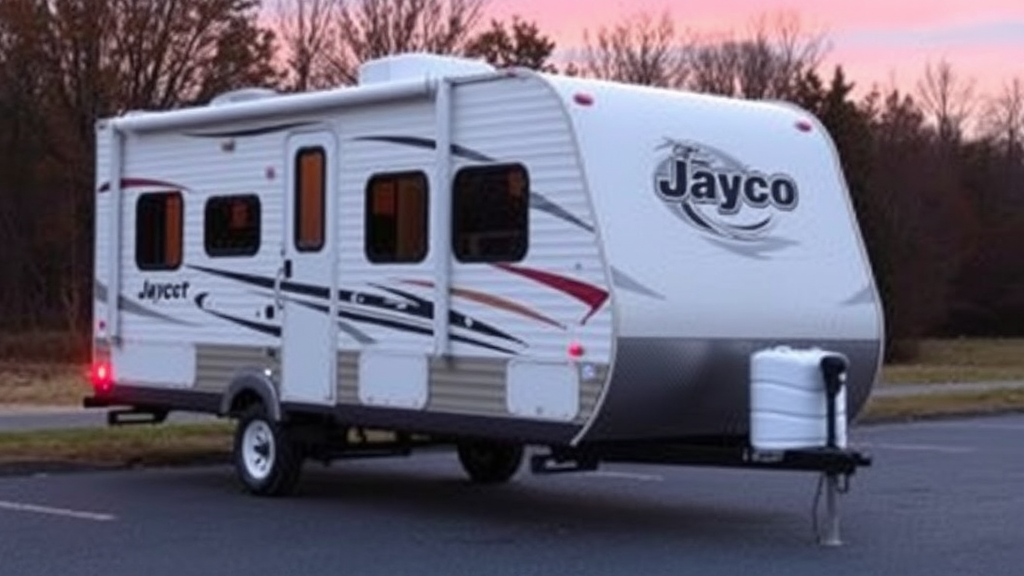

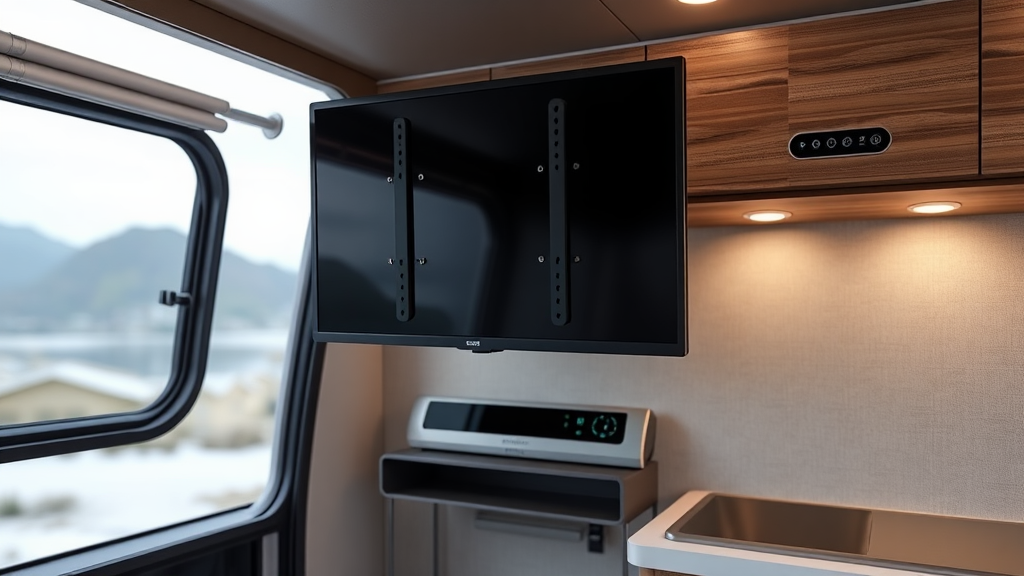
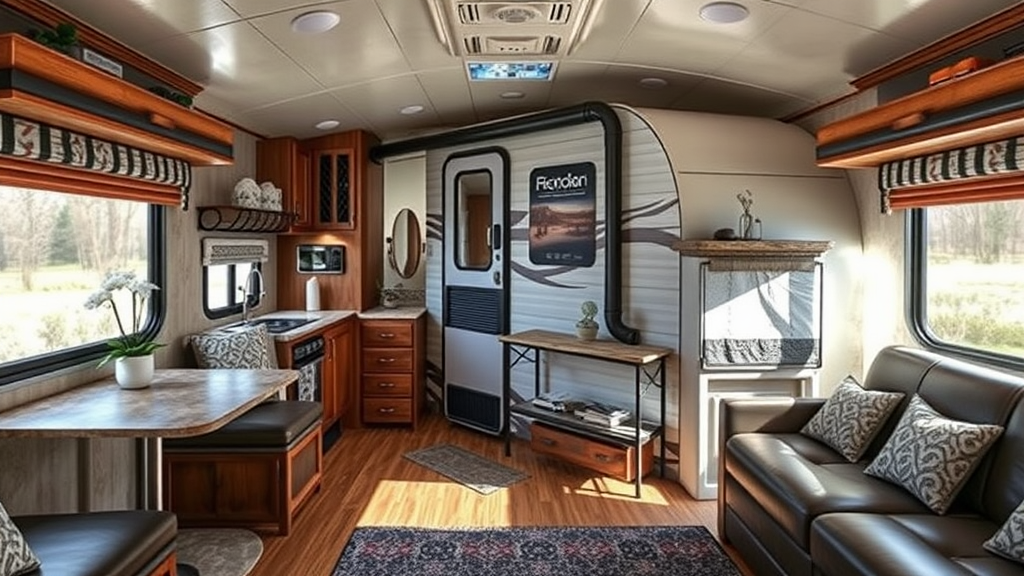
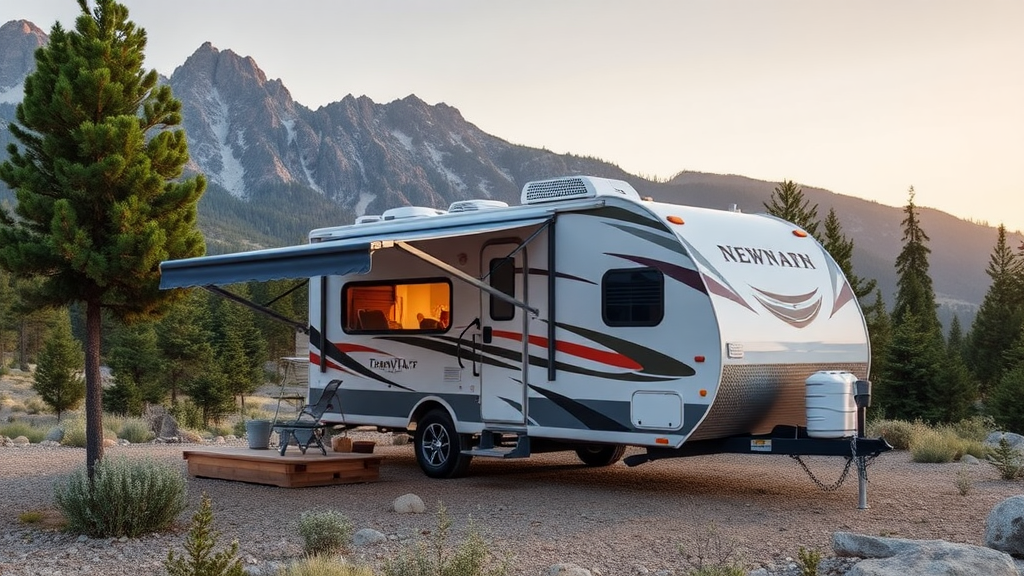
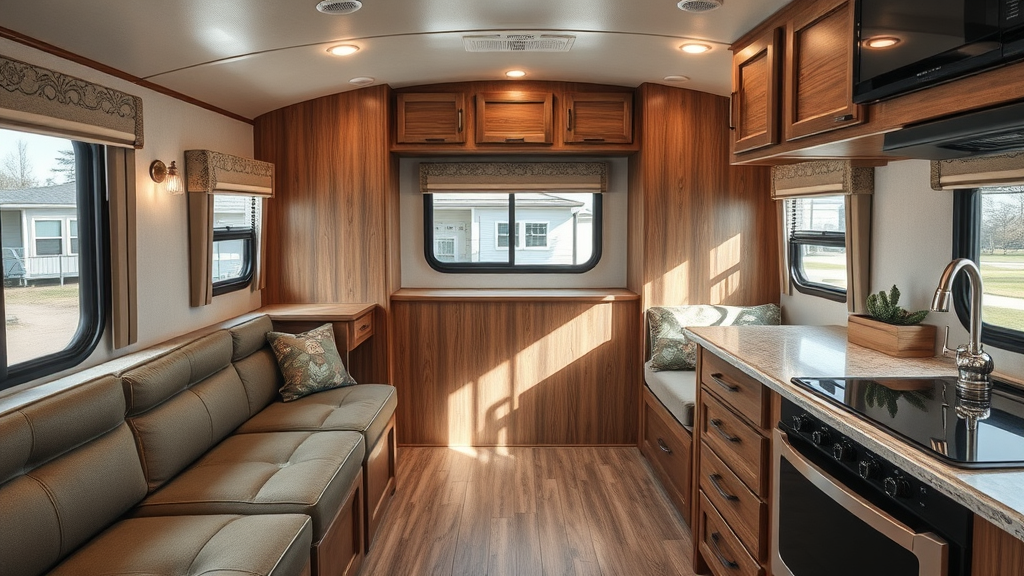
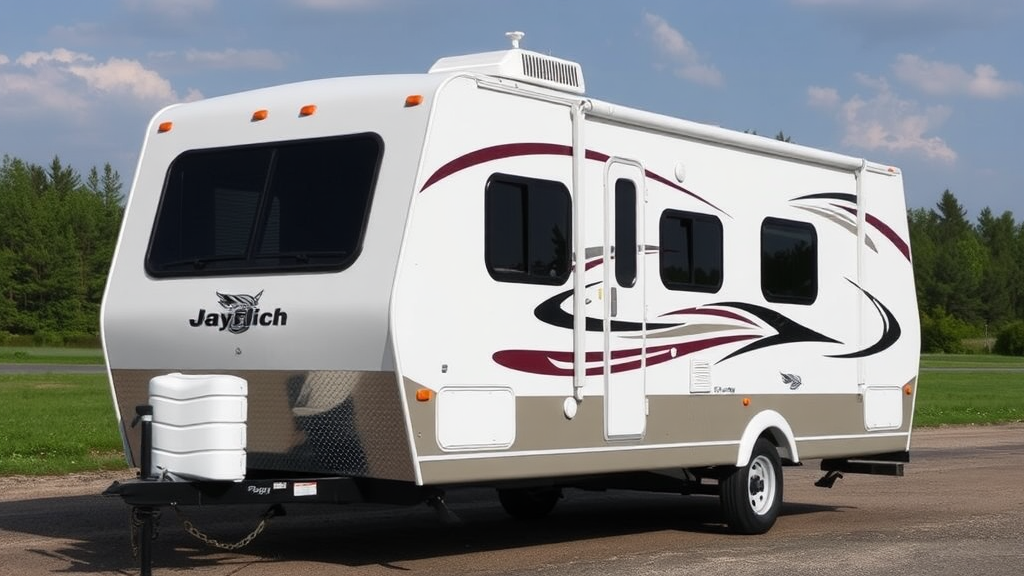
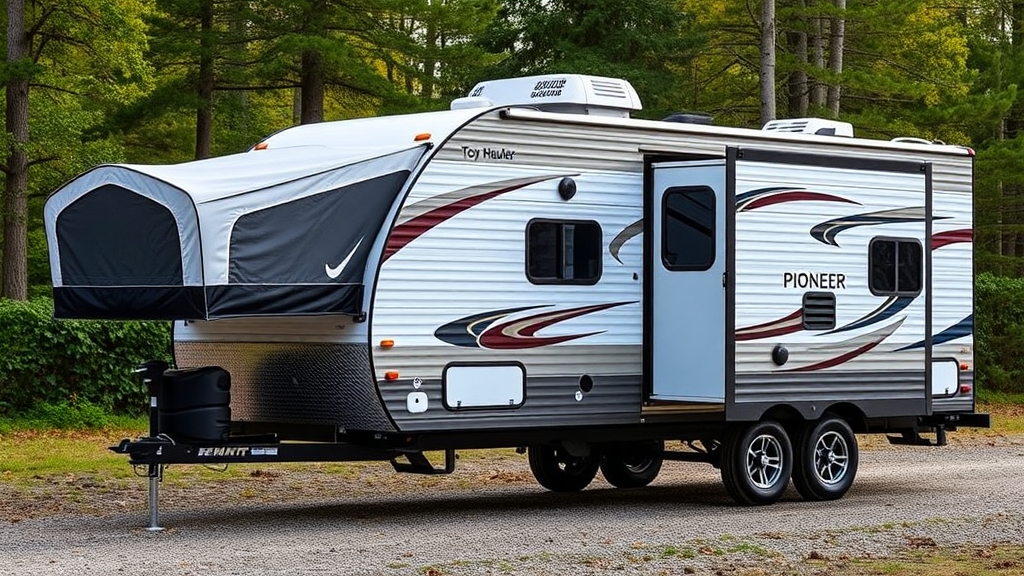
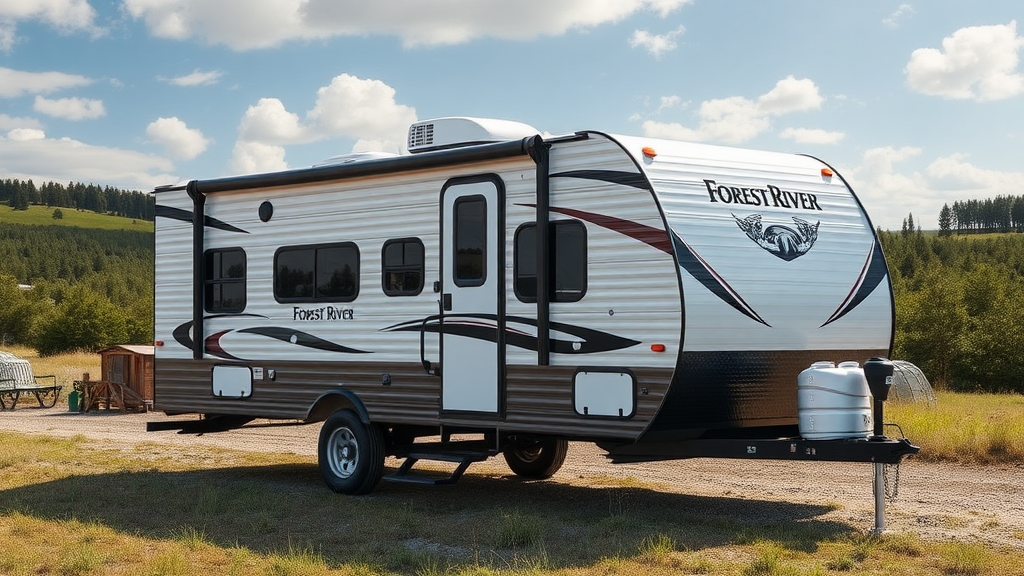
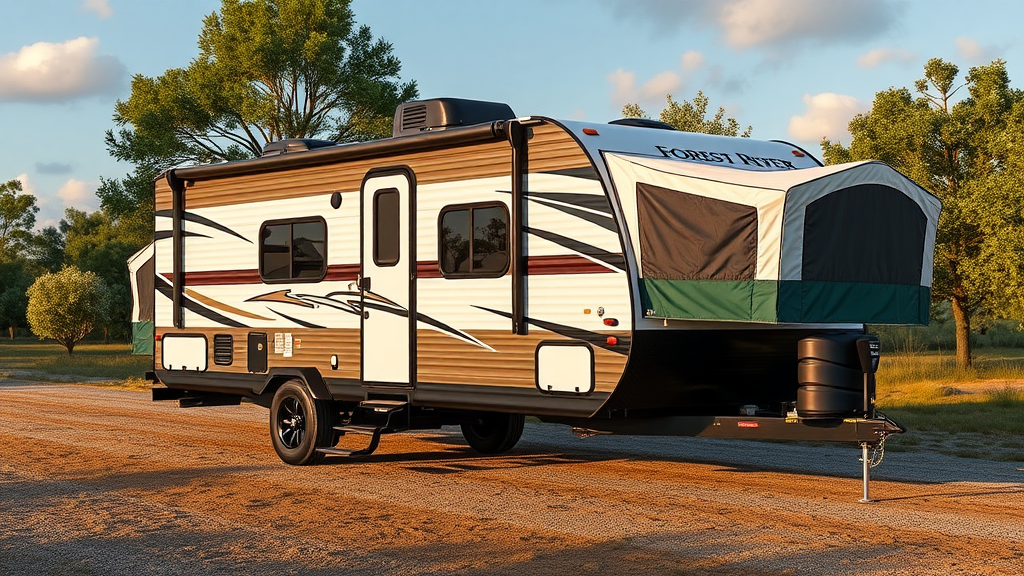
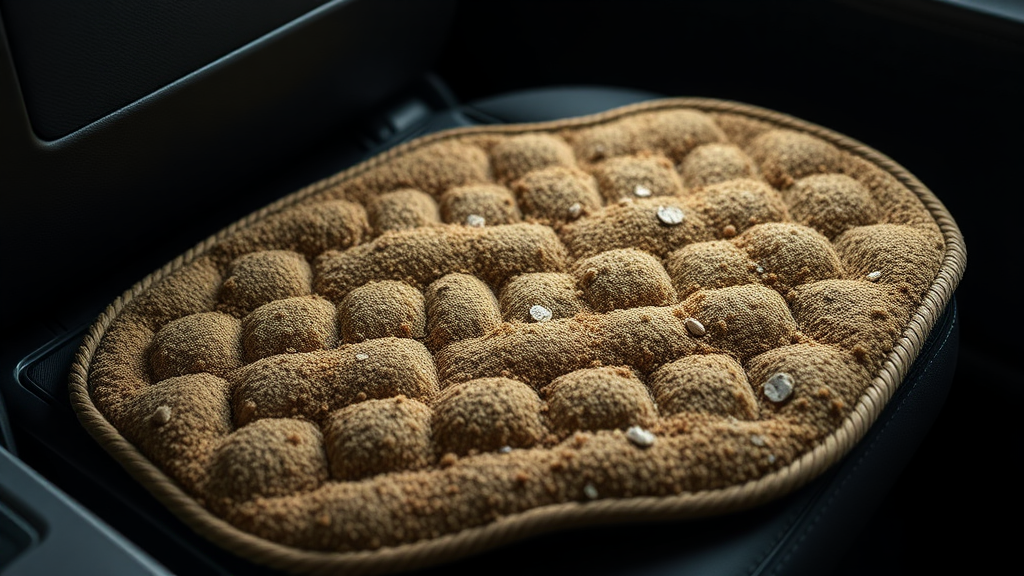




Leave a Reply